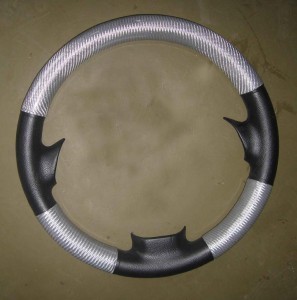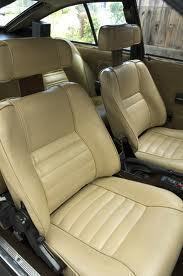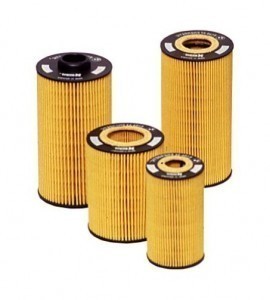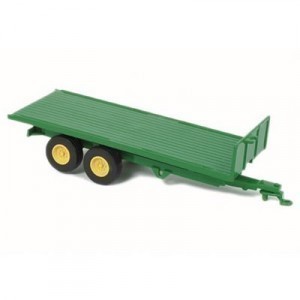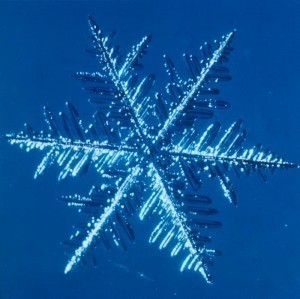F1 Standard Tire Dimensions
The size of Formula One tires cannot exceed 355 mm at 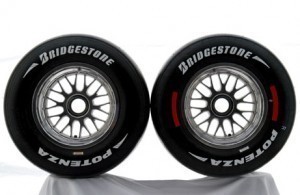 the front. It cannot go beyond 380 mm at the rear. The diameter for both tires is 660 mm. For wet tires the maximum diameter is 670 mm.
the front. It cannot go beyond 380 mm at the rear. The diameter for both tires is 660 mm. For wet tires the maximum diameter is 670 mm.
Specifications for Dry Weather Tires
All the tires must have circumferential grooves. The grooves must be 4 and square to the axis wheel. When new, front dry weather tires should have the grooves asymmetrically designed in the middle of the head. The contact surface should be 14 mm wide. It should taper to 10 mm at the low surface.
The size of Formula One tires means the lower surface needs to be 2.5 mm deep across. Between the center, the measurement should be 30 mm. The maximum tread width is 270 mm. This measurement is taken after an inflation of 1.4 bar.
Specifications for Wet Weather Tires
All the tires must be developed for use on damp circuits. A new tire should not exceed 280 sq cm. This is when the tire is installed on the front section. When installed in the rear, the tire should not go beyond 440 sq cm.
The contact area is gauged from any square area on the tire. When measured, it should be 200 mm x 200 mm (at the front). When the tire is installed at the back, the tire should be 250 mm by 250 mm.
The sizes of Formula One tires are determined before races. A technical drawing of the tire is presented of the tires to be used.
Specifications for Extreme Weather Tires
When new, the tires should measure 240 sq cm if to be installed in the front. At the rear it should not go beyond 375 sq cm. Contact areas are gauged in the same way as wet weather tires. They also measure 200 mm x 200 mm at the front. For the rear it is 250 mm x 250 mm.
Usage
The drivers may only use 14 sets of dry weather tires. For the wet weather tires, only five sets can be used. For extreme weather tires, only four can be used. The size of Formula One tires are not just standardized, they are also marked.
The outer sidewalls used by all drivers have marks which are employed to identify the tires. When not in use, the tires are kept under heating blankets. The blankets used are also regulated.
During the 2007 season, two compounds were utilized. The harder type is stronger but has less grip. The softer compound offers more grip but doesn’t last as long. During the 2009 season, the slick tires were implemented again.
The use of these tires during the qualifying sessions and the race itself is regulated. No team can go over the number of the tires specified during the racing weekend. The wet weather tires can only be used during practice if the F1 race director declares the track to be wet.
The rules governing the size of Formula tires are always being reviewed, with performance and safety being the primarily concerns.

